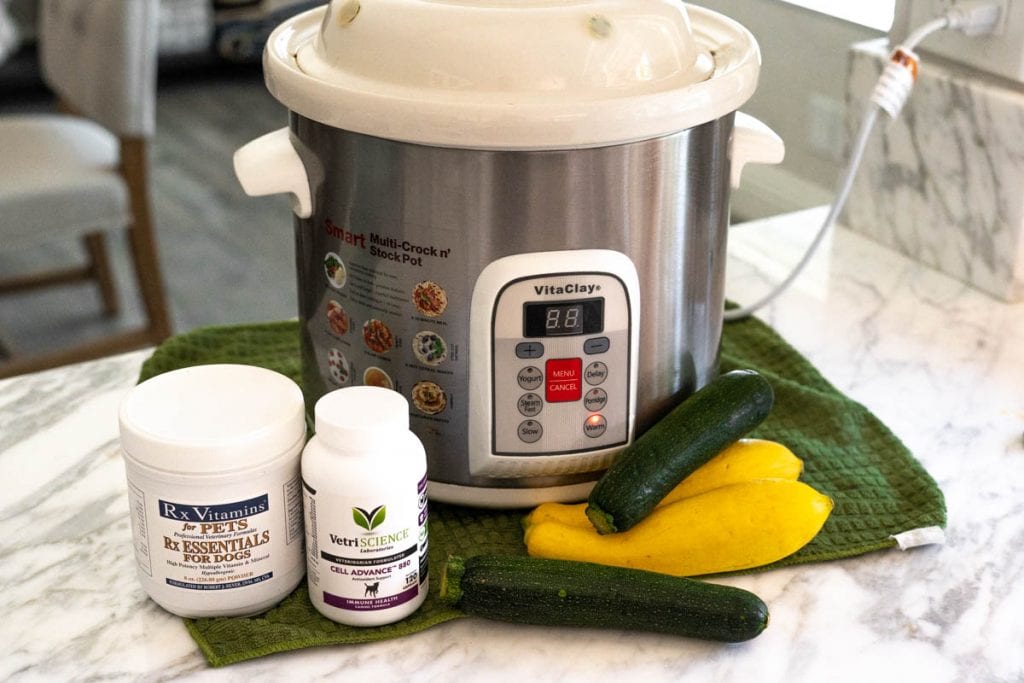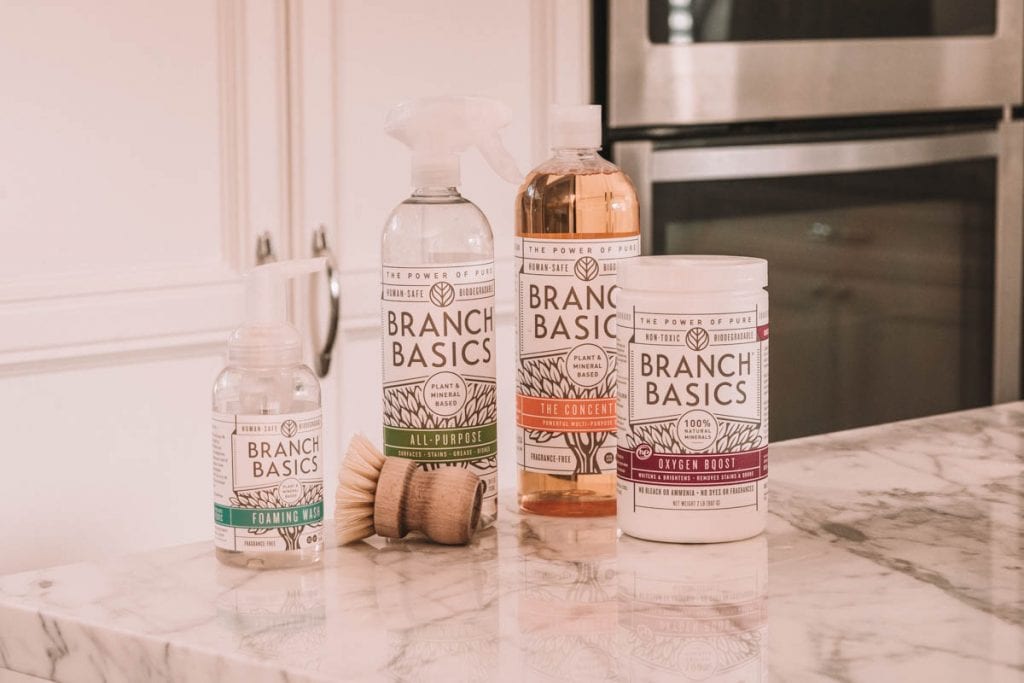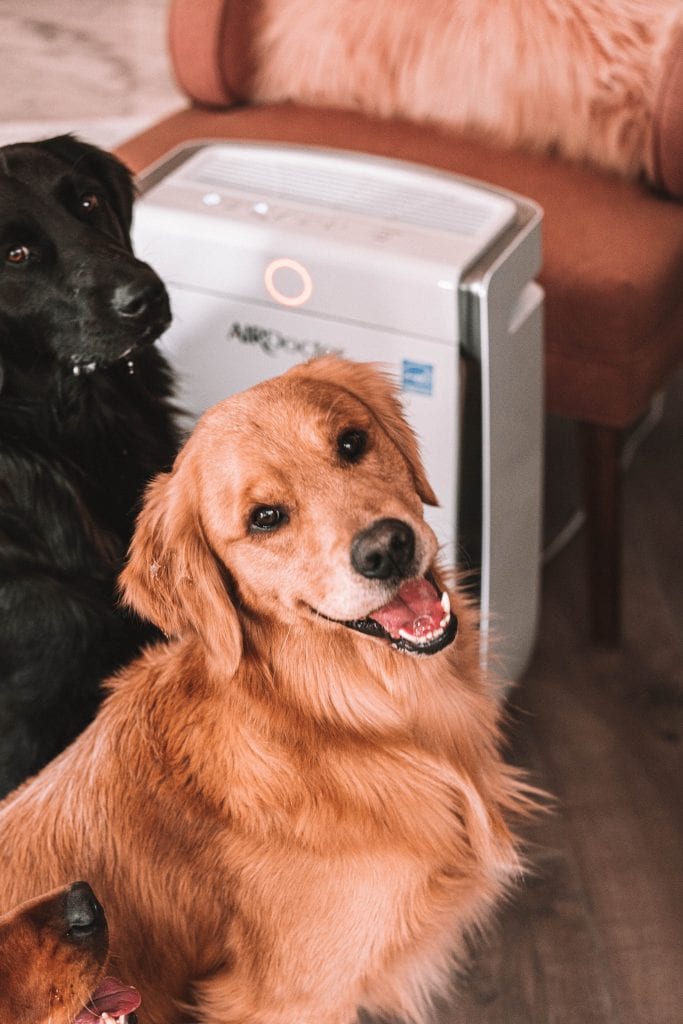This past May, I had to let my soul pup go. Duke had been diagnosed with mast cell cancer and it finally came time for me to say goodbye and release him. I arranged a fluffy blanket under a large oak tree in our back yard, and with his most loved “babies” (stuffed animals), favorite treats, a light breeze, and the birds quietly singing, I let him go. As anyone who has ever loved a pet knows, it is a heart and gut-wrenching experience. And it inevitably leads to questions:
“Why has this happened?”
“Why is cancer so common?”
“What can we do to help our pets?”
Is Pet Cancer on the Rise?
The incidence of cancer in our pets has been increasing for decades, arguably with an increase in unhealthy diets and the emergence of the toxins associated with industrial society. We see it more and more often in our pets – what was once a disease (dysfunction) of the aged is now becoming more and more common in younger pets. Our fur kids are diagnosed with and are dying of cancer more frequently than ever before which is why we are here today to share our top preventative and proactive tips with you all.
According to the National Canine Cancer Foundation, 1 in 3 dogs are diagnosed with cancer each year. Half (50%) of those dogs will die from cancer. Compared with humans, this is a bigger issue: there are 1.5 million new cases of humans diagnosed with cancer each year, while there are 6 million new cases of dogs diagnosed with cancer diagnosed each year. Additionally, according to Colorado State Flint Animal Cancer Center, 1 in 5 cats will be diagnosed with cancer in their lifetime.
What Are Environmental Toxins?
Did you know that studies show links between air pollution/second-hand smoke, pesticides, fire-retardant chemicals, and cancer?
For example, a 2011 study found that cats exposed to second-hand smoke in their homes had reduced lung functioning compared to cats living in smoke-free homes. Studies have also linked cleaning products to carcinogens that can cause bladder, lung, and nasal cancer in dogs. Keep reading below to learn about how we reduce this risk!
Outside air pollution is also a problem. One study compared the brains of dogs exposed to heavy air pollution with brains of dogs from less-polluted cities. The brains of the dogs exposed to heavy pollution showed increased levels of inflammation as well as pathology consistent with changes seen in human Alzheimer’s disease.
A study involving 700 dog owners regarding the use of pesticides found that approximately 1/3 of the dogs in the study were diagnosed with canine malignant lymphoma. The study also revealed that dogs had a 70% higher chance of developing lymphoma if pesticides were used in their yards.
What About Processed Kibble and Canned Pet Foods?
Kibble and canned pet foods are considered ultra-processed diets. The high temperatures and processing required to formulate these diets lend to the creation of AGEs (advanced glycation end-products), which are associated with inflammatory disease processes in humans, such as obesity, diabetes mellitus, neurodegenerative disorders, inflammatory bowel disease (OBD), osteoarthritis and cancer. There are studies currently underway looking at the effects of AGEs on pets, but we know that animal physiology is similar to human physiology in many ways… so much so that animals are used in drug/treatment studies for humans. And many of the chronic disease processes we are seeing in pets seem to have, at least partially, emerged hand-in-hand with the advent of the pet food industry.
Additionally, we see high levels of aflatoxins in kibble. Aflatoxins are toxic substances produced by the Aspergillus mold, which can grow on corn, wheat, rice, nuts, and legumes. There have been a number of pet food recalls due to the presence of this toxin, including earlier this year, and pets have died from ingesting food contaminated with it. Even if the food appears free of mold, it can still contain the toxin.
Aflatoxins cause liver disease and are known to be carcinogenic. They bind with DNA and cause cell mutations. Eating small amounts of aflatoxins over time will result in cumulative liver damage and tumor growth. A 2015 study also showed that aflatoxin levels in dogs diagnosed with mammary cancer were statistically elevated over dogs without mammary tumors.
Processed foods contain other toxic ingredients such as melamine (which killed many pets in 2007), heterocyclic amines, acrylamides, and PBDEs (polybrominated diphenyl ethers) – chemicals used as flame retardants.
Finally, glyphosate is emerging as an important issue affecting our pets, often hiding in our pet’s food. Glyphosate is a chemical found in many herbicides, such as Round-Up. It is used extensively in farming to treat grains and legumes (lentils, peas, beans). Glyphosate has been linked to several disease conditions in humans and in pets, including cancer.
A 2018 study out of Cornell University looked at glyphosate levels in 18 commercially available pet foods, from 8 manufacturers. Glyphosate was detected in every product examined and was determined to correlate with crude fiber content, e.g. most likely from plant material. In human consumers, oats and legumes are the highest sources of glyphosate.
Because grain-free kibble utilizes high levels of legumes as fiber sources, these diets were found to have the highest content, followed by regular kibble and then canned food. Raw food diets were found to contain negligible amounts of glyphosate. Overall, pet exposure to glyphosate was determined to be 4-12 times higher than that of humans, likely because pets are eating the same diets every day.
In a human study, switching to an organic diet caused a significant reduction in pesticide blood levels, including glyphosate.

Early Detection of Cancer is Key!
Nearly half of all canine cancers are treatable if caught early which is why we want to empower you with information to be your pet’s best advocate. While not all insurance may cover these exams, Amanda & Kyle found that their insurance Healthy Paws did cover these tests. Check with your insurance provider to see!
To be proactive with your pet’s health, you can ask your veterinarian to perform various health screening tests every year. Think about it… we say that on average, 1 dog year equals 7 human years, physiologically. That translates as our doctor checking our lab work every 7 years. That’s a long time for problems to remain undiagnosed, and therefore, untreated.
Labs to Ask for Annually!
- Complete Blood Count (CBC) and Biochemistry (to help assess organ function) are standard.
- A Urinalysis is also very important because the urine is often the first place we will see evidence of kidney disease.
- Testing for thyroid function is important once your pet is over 7 years old (5 years old for giant canine breeds). However, we are seeing evidence of thyroid dysfunction in younger dogs now, likely due to hormone disruptors in water supplies (such as PFAS) and fire-retardant chemicals (on rugs and furniture fabric), so we will test for this in younger animals if we suspect an issue.
- Three-view Chest Radiographs (x-rays), to assess for any evidence of primary chest tumors or metastasis, as well as other cardiac or lung disease.
- Abdominal Ultrasounds are vital for assessing the health of the abdominal organs. An ultrasound yields much better information than abdominal x-rays. X-rays only show evidence of organ enlargement. Organ disease can still occur without an organ increasing in size. An ultrasound is much more sensitive: it can detect disease in an organ that is still on a structural level, while the organ itself is not enlarged.
Additional Cancer Screening Tests….
Additional Cancer screening tests are available from companies like VDI Lab that use blood samples to check for inflammatory and cancer cell markers (VDI Lab). You can show your vet this website and ask them if they can draw blood and submit the samples to them directly.
Additionally, studies have linked vitamin D deficiency with abdominal cancers such as hemangiosarcoma, as well as other cancers: cutaneous mast cell tumors, carcinomas, and lymphoma. It’s important to know that dogs and cats, unlike humans, cannot utilize sunlight (ultraviolet light) to synthesize vitamin D, so they must obtain it from their food. But don’t think you can simply supplement your pet’s food with vitamin D; it is possible to give your pet too much and induce vitamin D toxicity. Signs of this include loss of appetite, vomiting, drooling and drinking, and/or urinating excessively.
So how can we know whether our pet has sufficient vitamin D levels? VDI Labs not only has a cancer screening panel but can also assess vitamin D levels with a simple blood test. Additionally, the results will indicate the dose of vitamin D necessary to improve your pet’s levels. Simply ask your vet to run the Cancer and Essential Vitamins 1 screening with blood samples they can draw for you.
What can I do Proactively at Home?
Things you can do at home include developing familiarity with the regular contours of your pet’s body and becoming attuned to her subtle moods and behaviors. Once you recognize your pet’s “normals”, it will be easier to identify the development of anything abnormal. Things to keep a close eye on are:
- Physical changes such as lumps, bumps, how their belly feels when you rub it (soft, firm, tense – should be non-painful).
- Behavioral changes such as your pet seeking out isolation, limiting her activity or moving more slowly, or perhaps displaying a lack of interest in food, or showing inappropriate elimination (“accidents” in the house).
Reducing Toxin Exposure is Critical!
- Feed your pet a minimally processed diet. Frozen raw (thawed prior to feeding, of course), is the most biologically appropriate food for your pet. Next up would be a home-cooked, organic diet, but be careful and research thoroughly. Schedule a consult with a holistic vet near you for guidance. If you cannot make your pet’s food, Farmer’s Dog is a brand that will make it for you. Rotation of ingredients is important, as is ensuring your recipe contains all the proper nutrients your pet needs to maintain an optimal state of health (a good vitamin-mineral supplement and digestive enzymes are important additions, +/- pre- and probiotics, especially during the transition). Our favorite supplement that contains both is the Healthy Gut. For Amanda & Kyle’s at-home recipe, click here.
- Use non-toxic cleaning agents at home, such as Branch Basics or homemade cleaners (using vinegar, baking soda, essential oils, etc.). It will be healthier for both you AND your pet. Code ORGANICBUNNY saves on the cleanser!
- Limit or discontinue the use of pesticides outdoors and on your pets. There are more natural ways to control unwanted visitors, including fleas and ticks. Many people use Wondercide successfully to repel creepy crawlies outside, and they also provide natural flea/tick repellants. We have an all things Flea & Tick blog with additional tips and tricks here. Also, be mindful of where your pet walks and lays when on lawns that do not belong to you. Many public parks use toxic pesticides you may not realize your dog is exposed to.
- Detox regularly. It’s important for us, and for our pets to detox often. Our pets encounter environmental toxins daily. For example, your pet lies on rugs or furniture laden with fire-retardant chemicals. They walk on streets containing asphalt, a petroleum product, which is also a significant and largely overlooked source of air pollution in urban areas, especially on hot and sunny days. Super Cleanse is a good place to start for an overall detox. Daily Defense is a great follow-up, a mild detox formulated for daily use.
- Filter Their Air & Water! As we discussed above, healthy indoor air and water are essential to not only our lives but our pet’s lives too! For our favorite HEPA air filter, click here. To learn all about how we filter our water, click here.
- Titer Testing- Opt for annual titer testing to ensure your pet’s immune system isn’t stressed by over-vaccination.

Remember, our pets are the canary in the mineshaft. What we see happening to them, is happening to us, on a slower time schedule which is why we want to encourage you to always be your pet’s best health advocate! By taking charge of their health and well-being, we are also taking charge of ours. May your precious pets live a long and happy life.
Dr. Kristen









August 27, 2021
Logan G
Thank you for this informative and very important post. Would most veterinarians perform these labs/tests or do you recommend going to a specialist? Are there certain vets that are more knowledgeable about these tests or are they routine?
August 27, 2021
Amanda Jo
We just asked our normal vet if they could do it and they said they could! So any open vet should be willing but you’ll have to ask!
August 27, 2021
Erin Fogarty
Hi Amanda – Do you have any advice (or links) on treatment options for pups diagnosed with cancer? Because of you and Bunnys Buddies, we rescued our senior babe in January and we have followed all the advice in here and did all of the tests but unfortunately were diagnosed with a rare anal carcinoma yesterday and multiple myloma, fully metastatic. We’ve been given every medicine from narcotics to antiobiotics and our boy is a total zombie with absolutely no quality of life. I am anxiously searching for options, can’t get into a holistic vet quickly and don’t feel like I have much time, and will do anything to get him well (which I realize is unlikely at this stage) and/or comfortable as he transitions to his next stage.
August 27, 2021
Amanda Jo
I am so so sorry, you could book a consult with our holistic vet for some direction and guidance, it will help! https://www.theorganicbunny.com/product/educational-consults-for-pets/